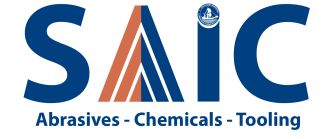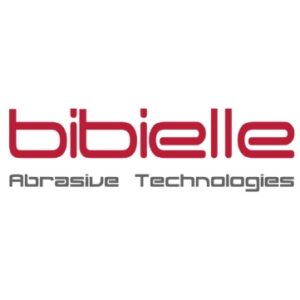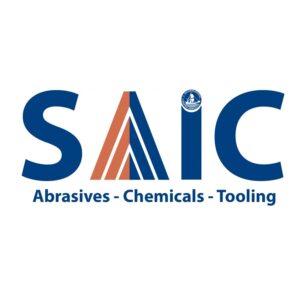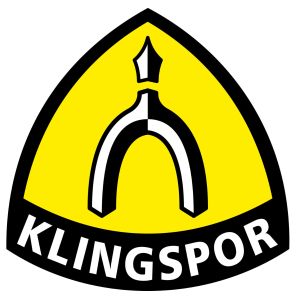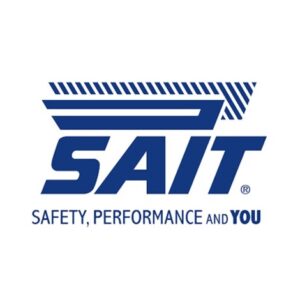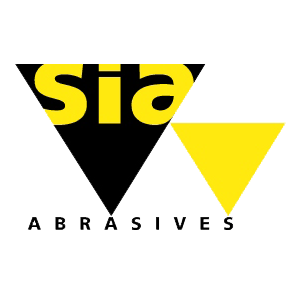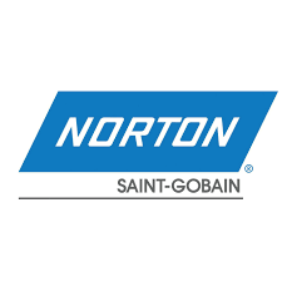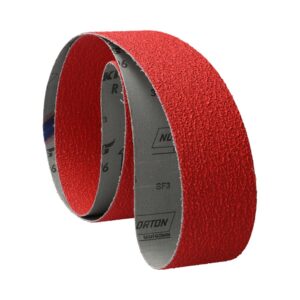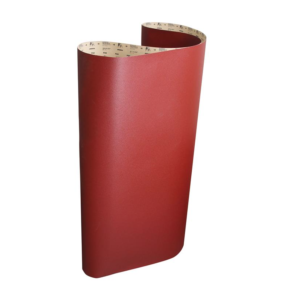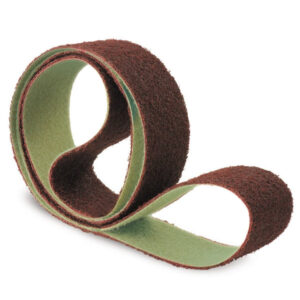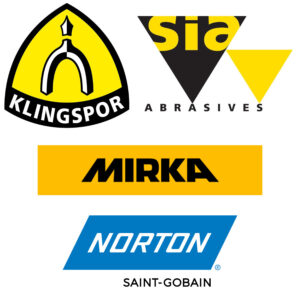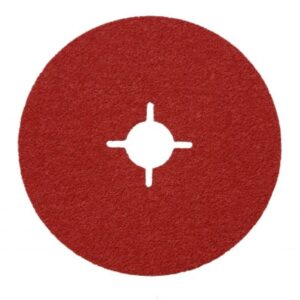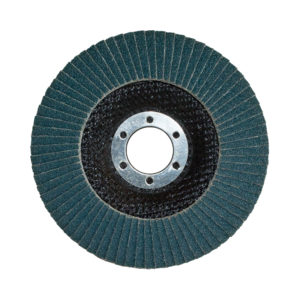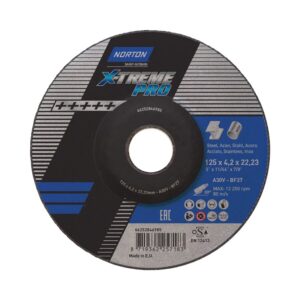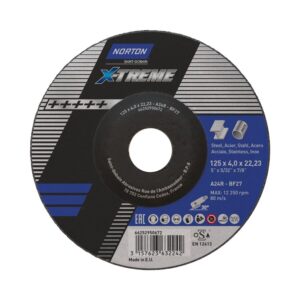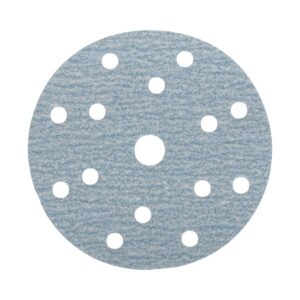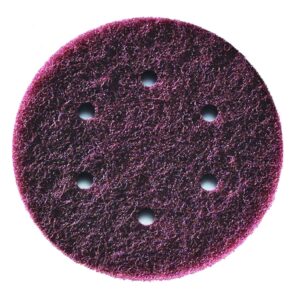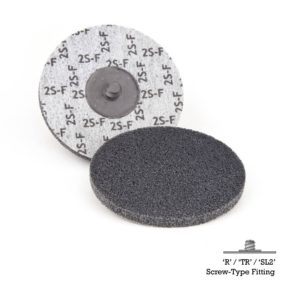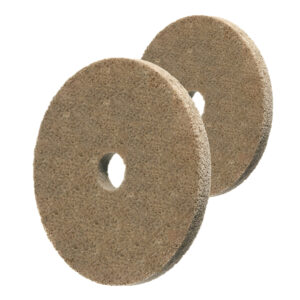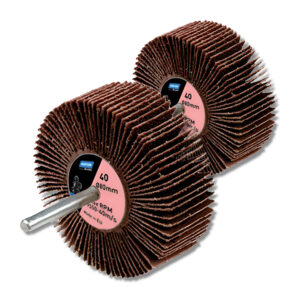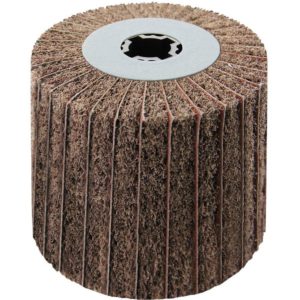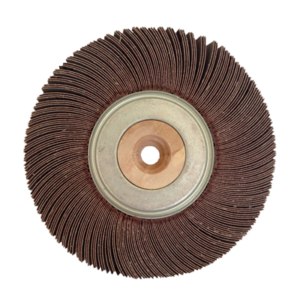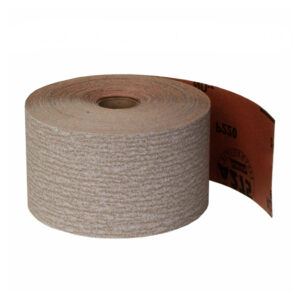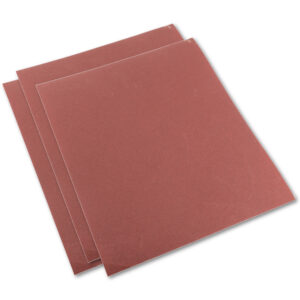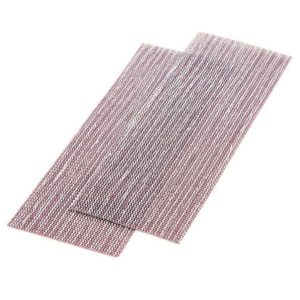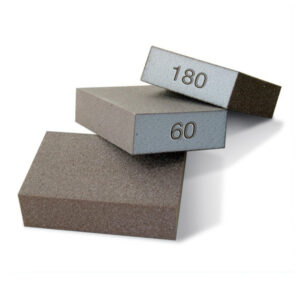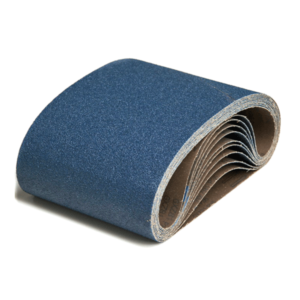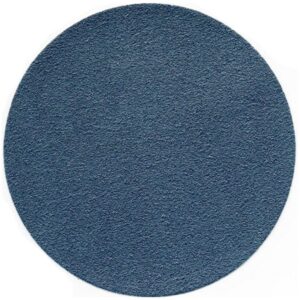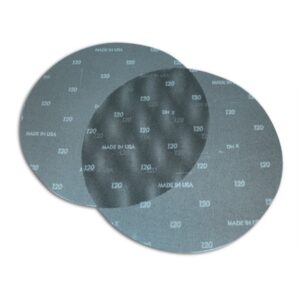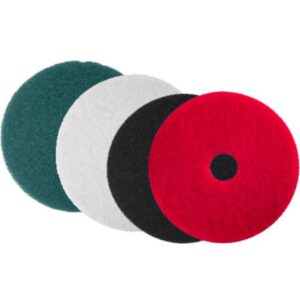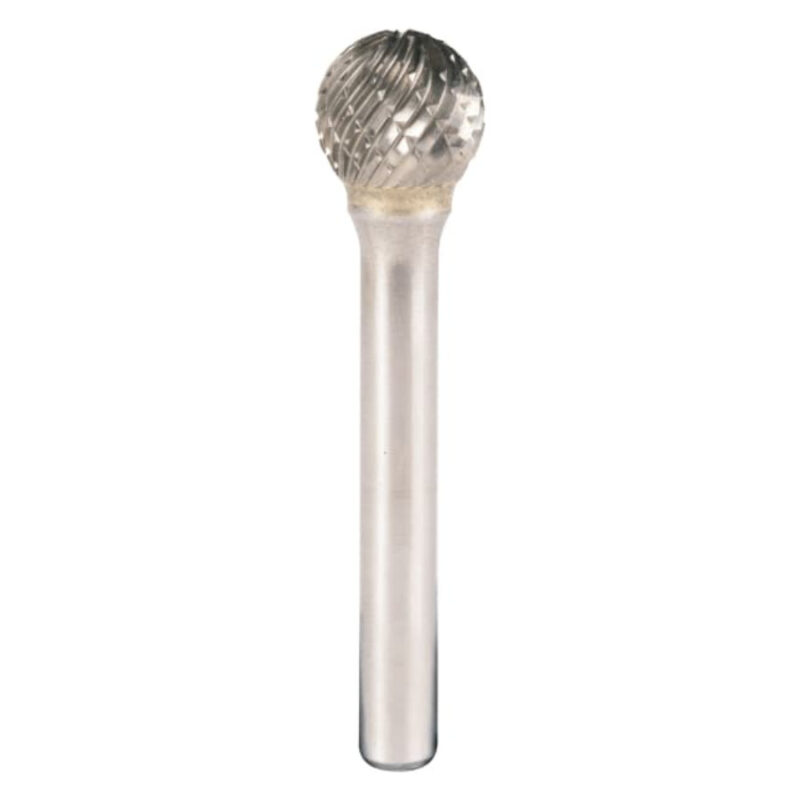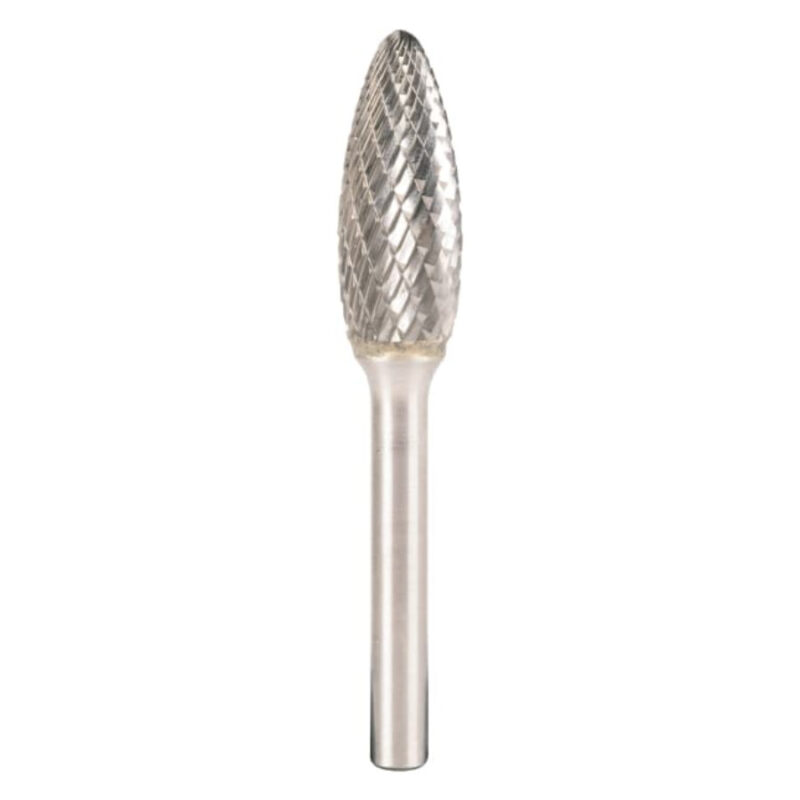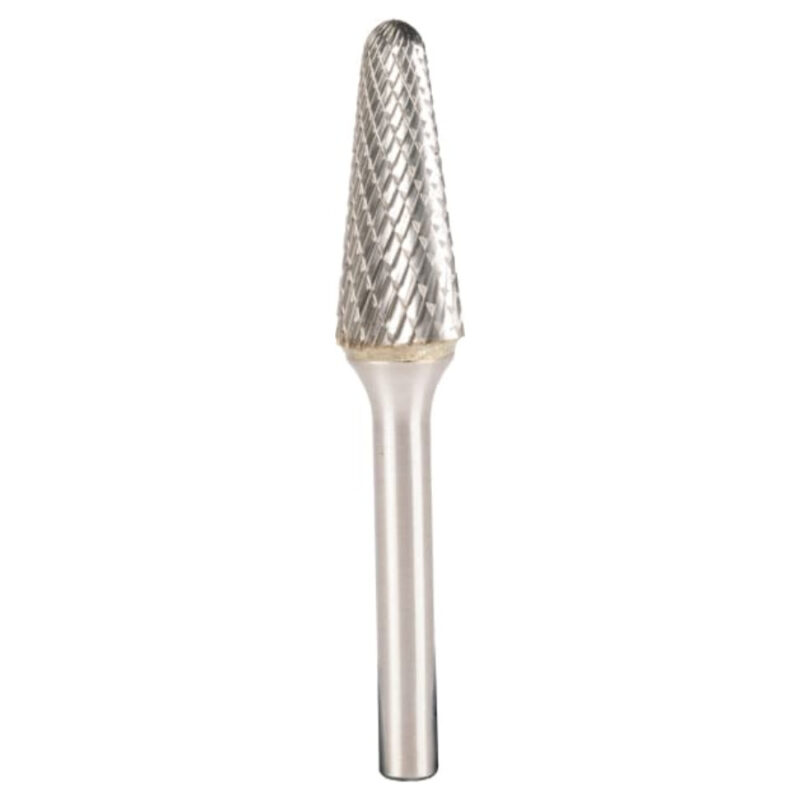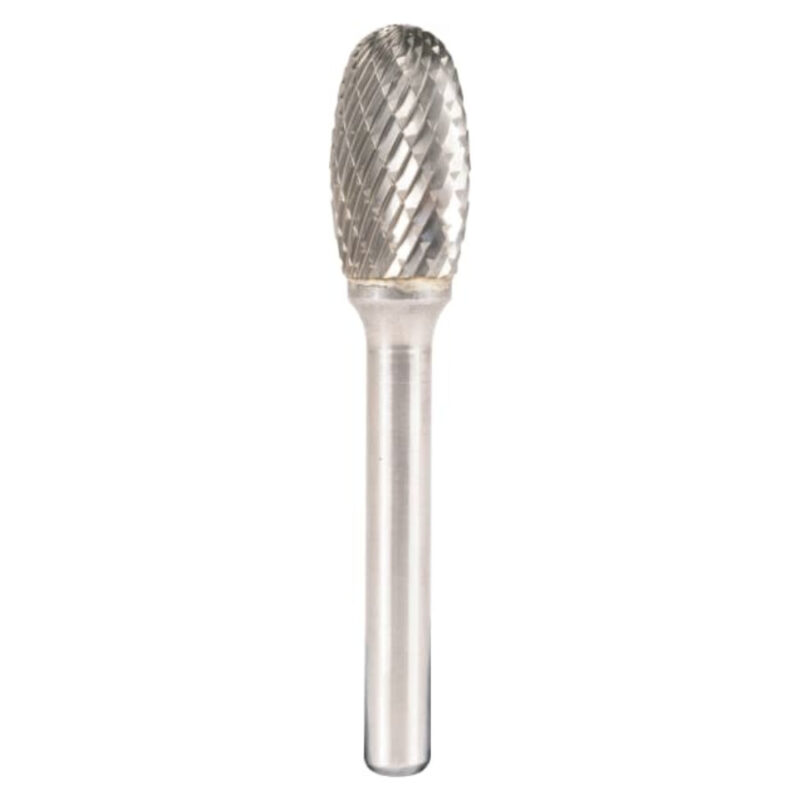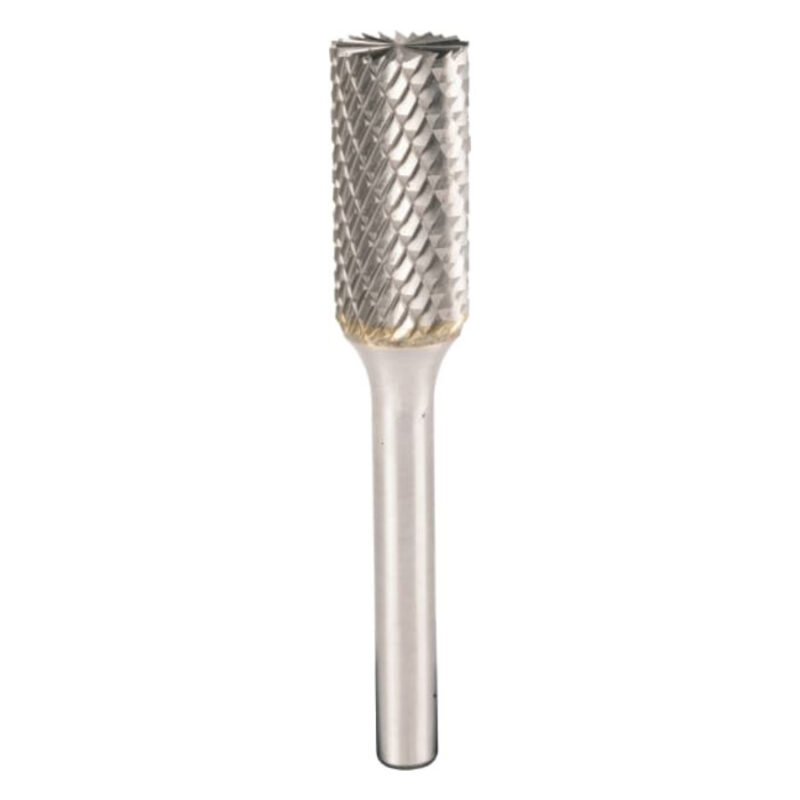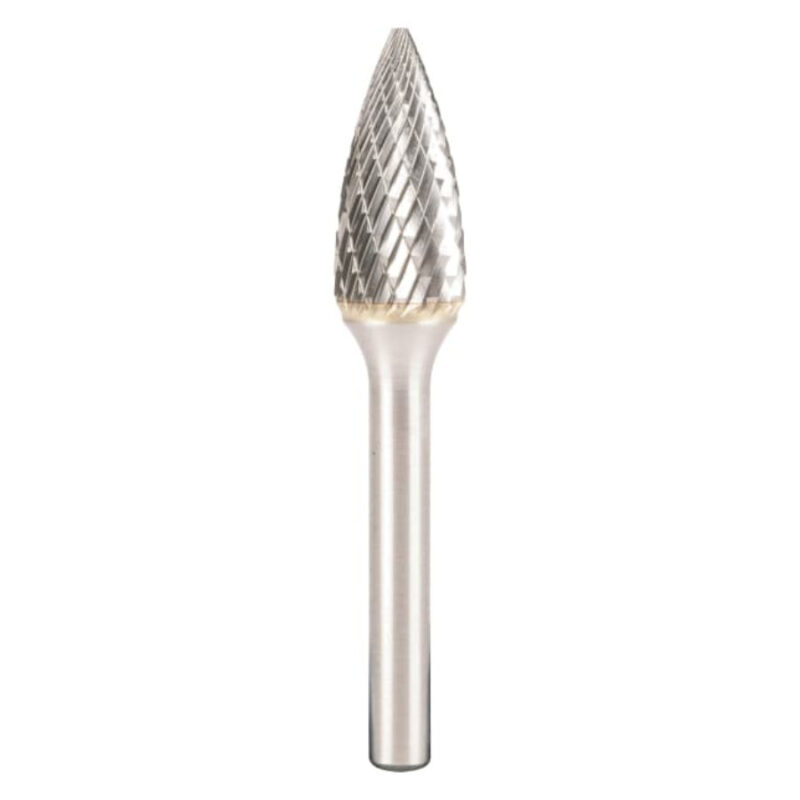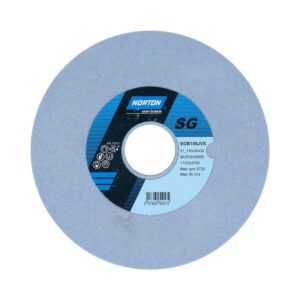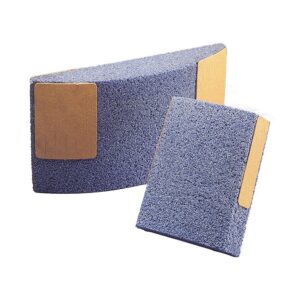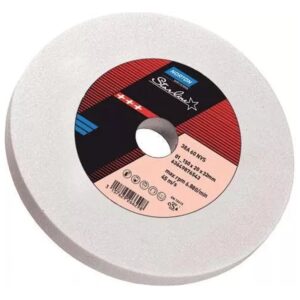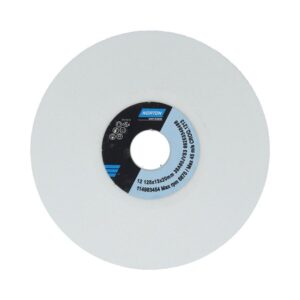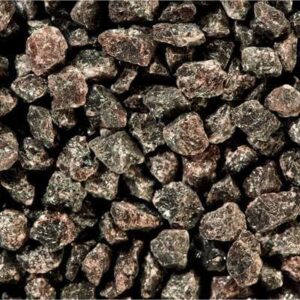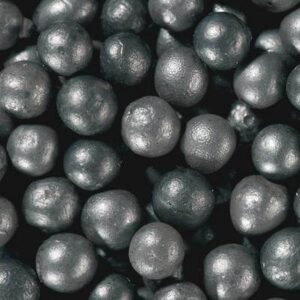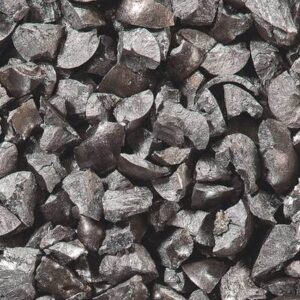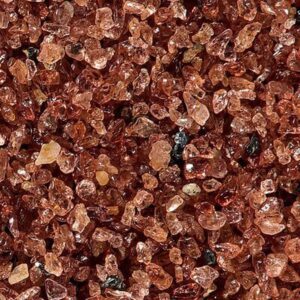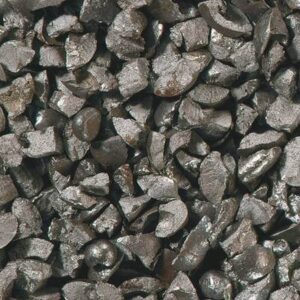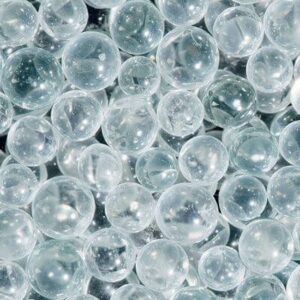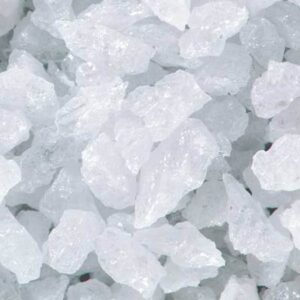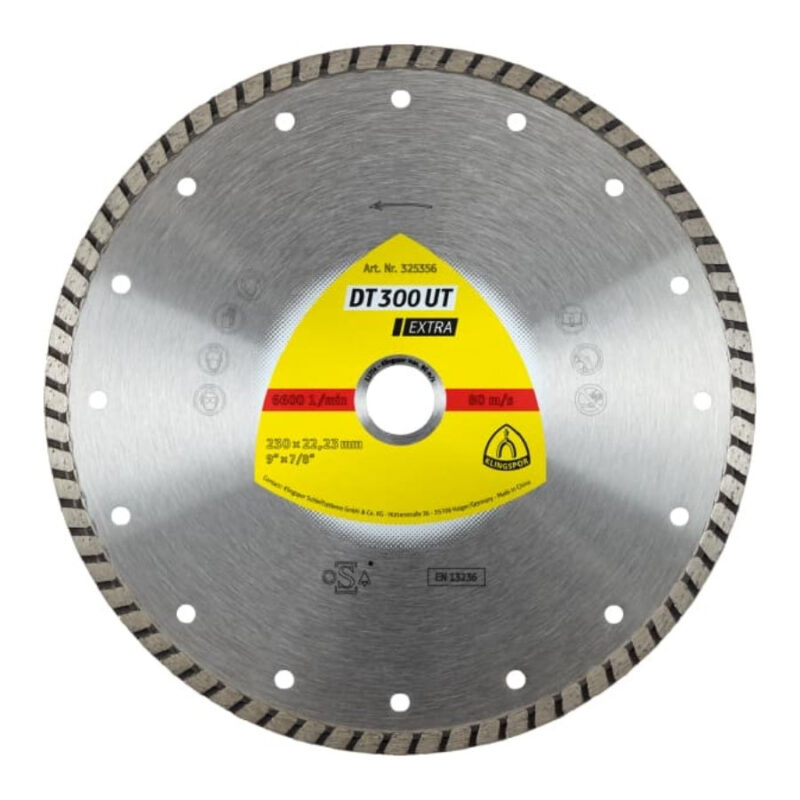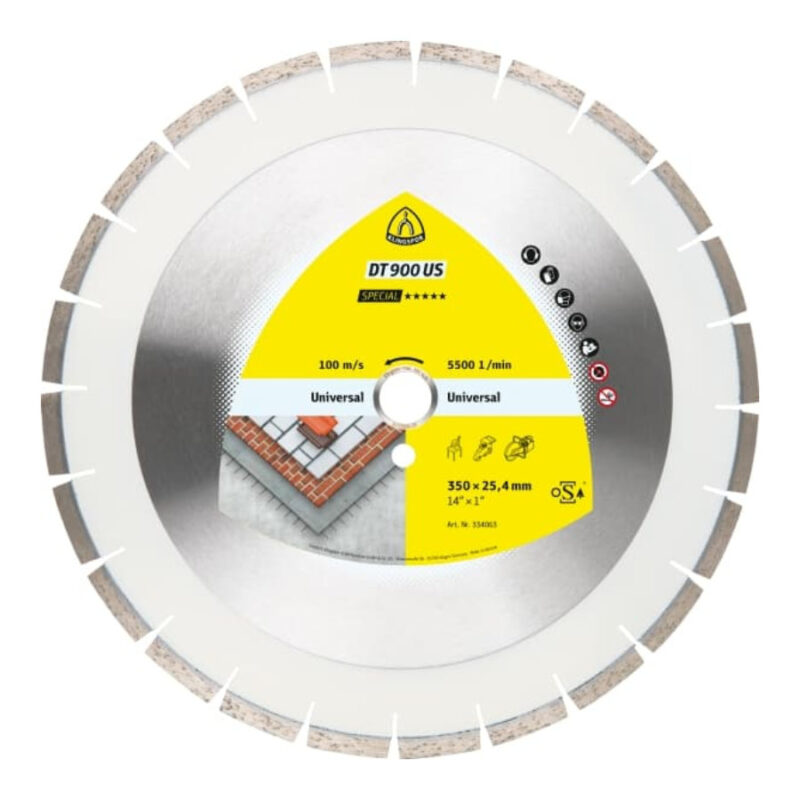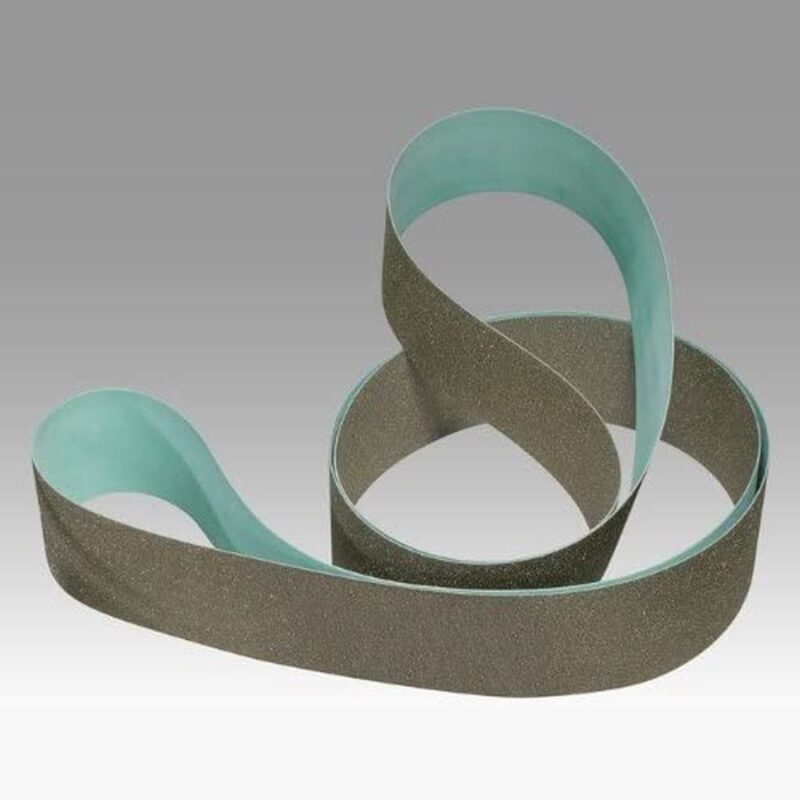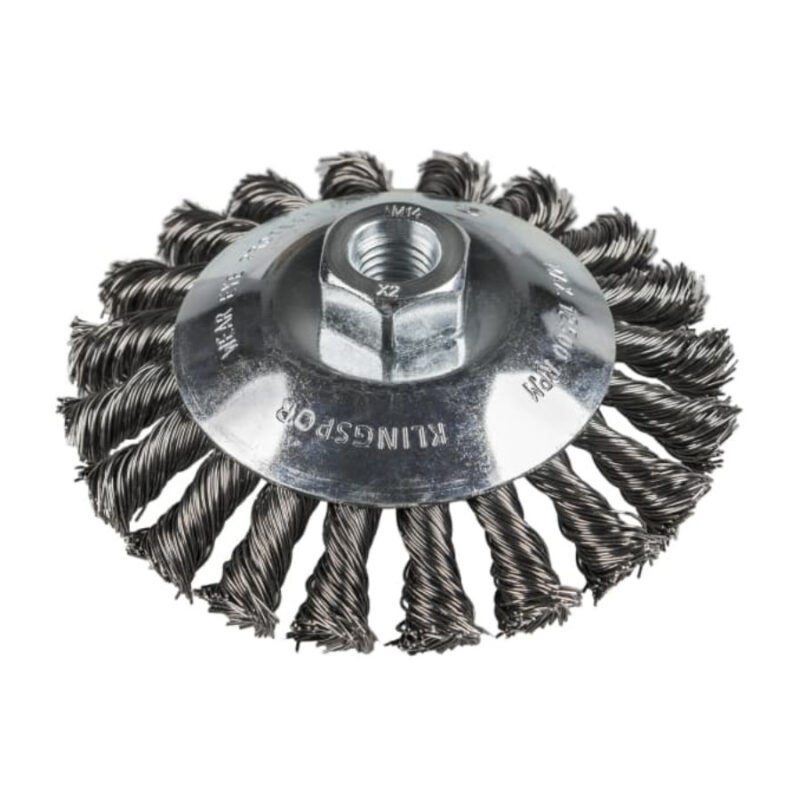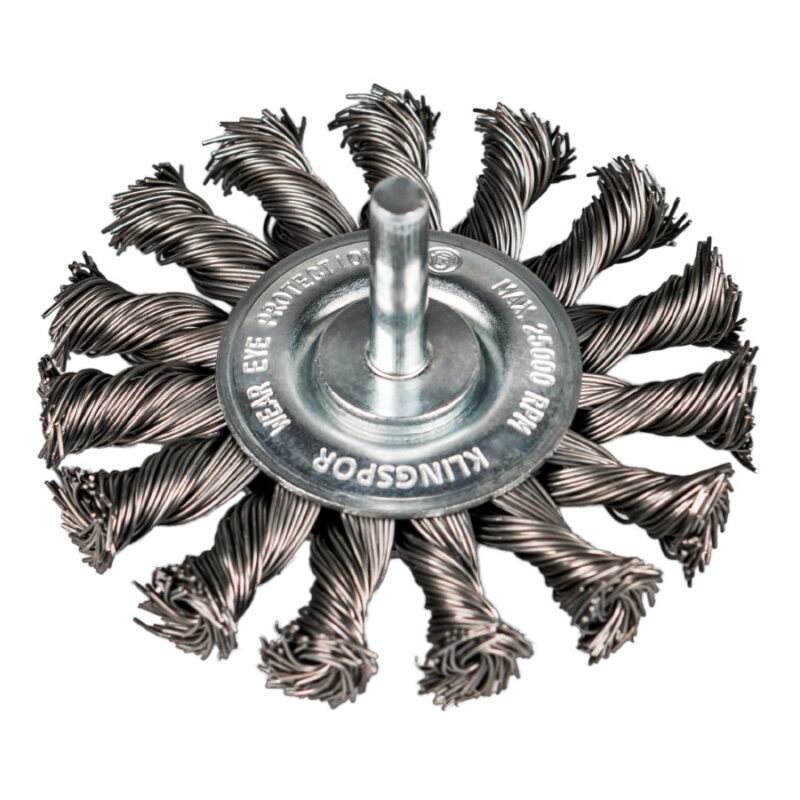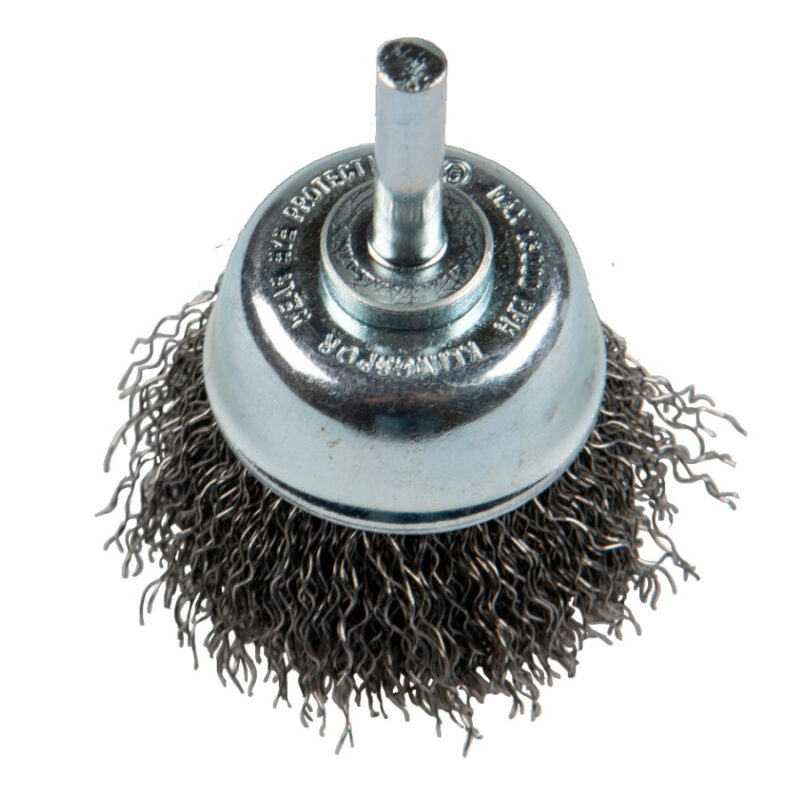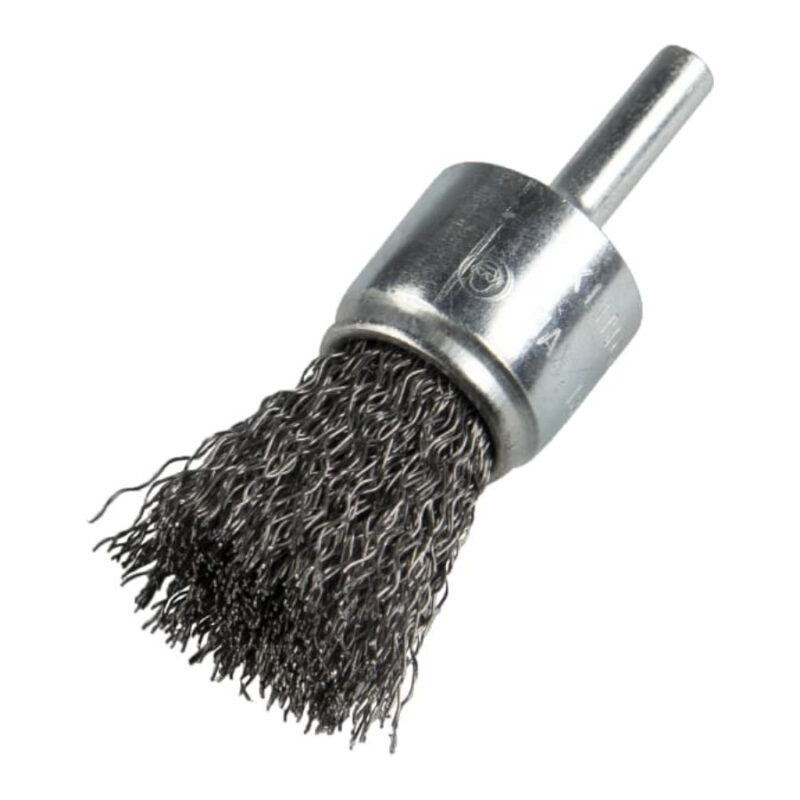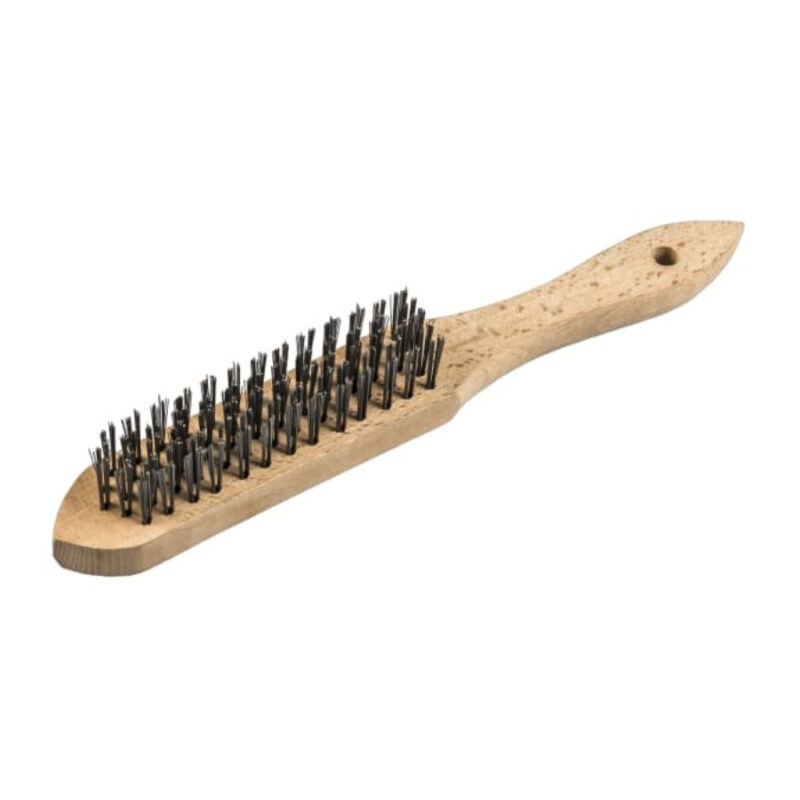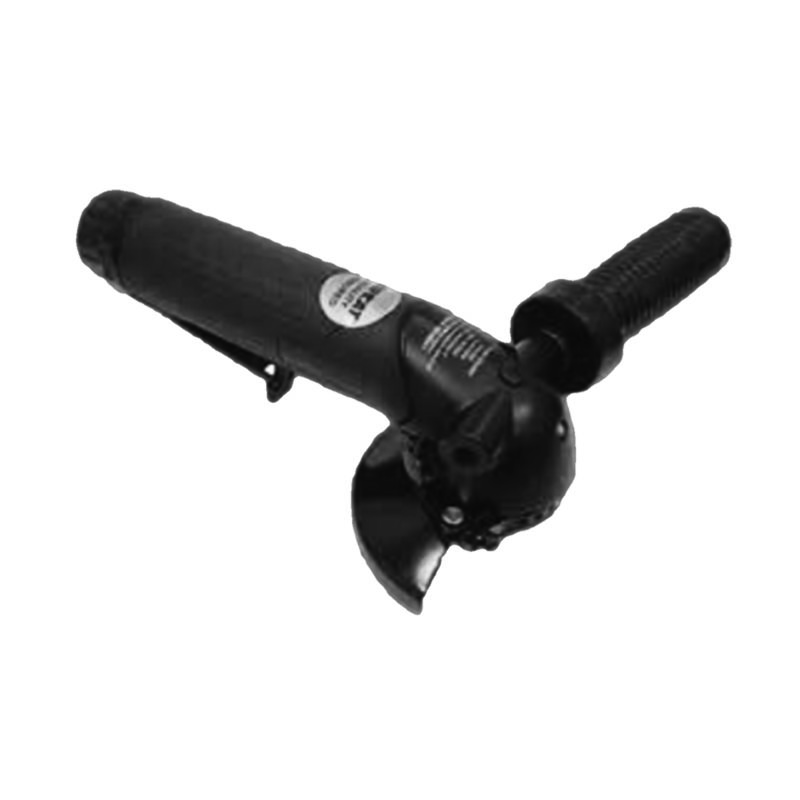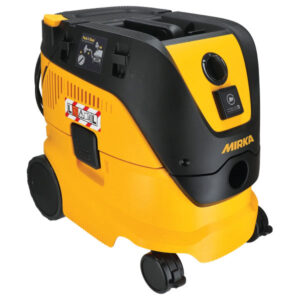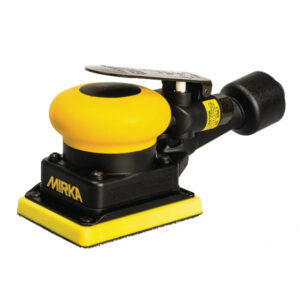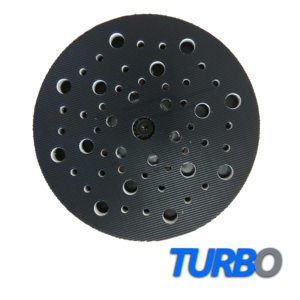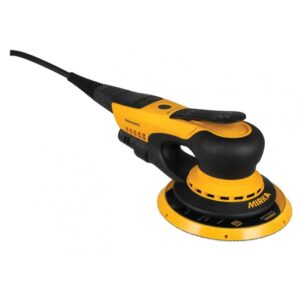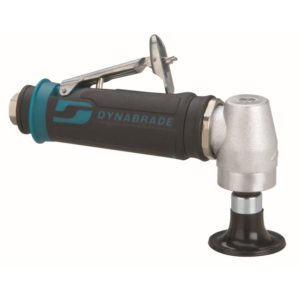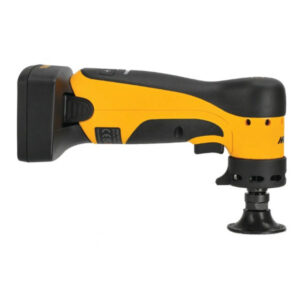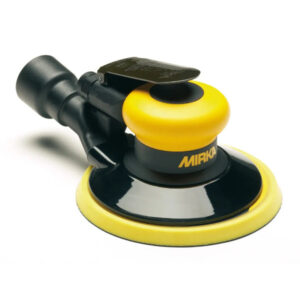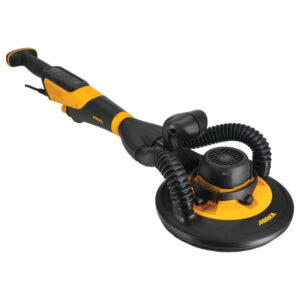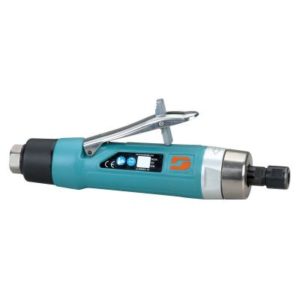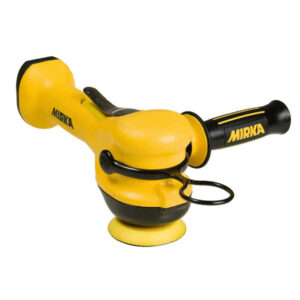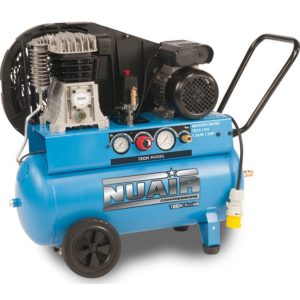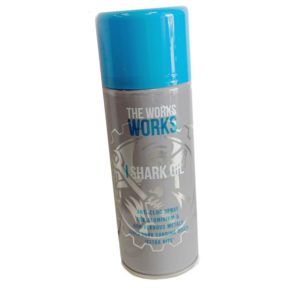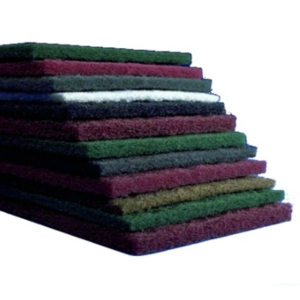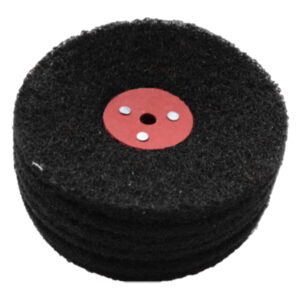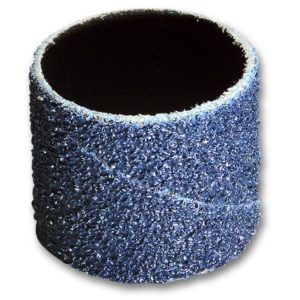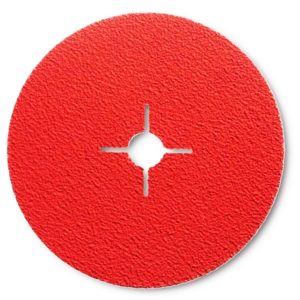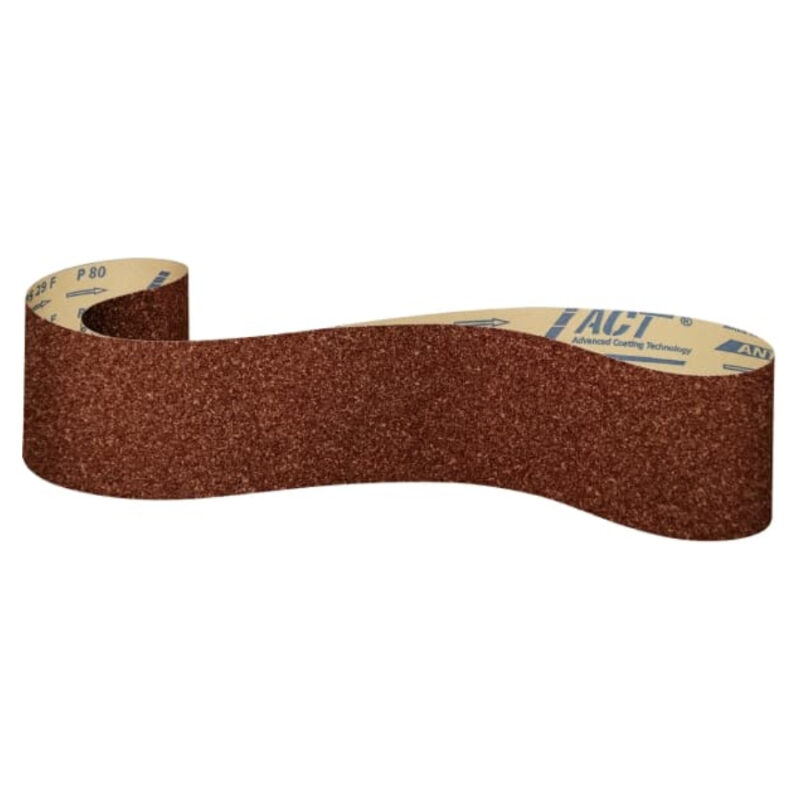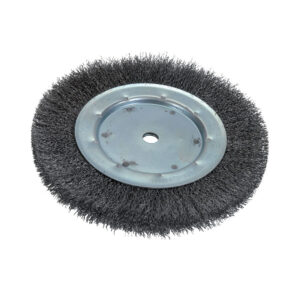Metal Polishing/Restoration
The metal polishing and restoration industry is a specialized field that involves the removal of scratches, oxidation, and other imperfections from metal surfaces to achieve a smooth, glossy finish. The process of metal polishing and restoration typically involves the use of abrasives and polishing compounds, which come in a variety of forms and grits to suit the specific needs of each project.
The first step in metal polishing and restoration is usually the removal of any surface imperfections, such as scratches or pitting. This is typically accomplished using abrasive products such as sandpaper, grinding discs, or flap wheels. Depending on the severity of the imperfections, a range of grits may be used, starting with coarse grits and gradually moving to finer grits as the surface becomes smoother.
Once any imperfections have been removed, the metal surface can be polished using polishing mops or wheels and a suitable polishing compound. Polishing compounds come in a range of grits and consistencies, from coarse compounds designed for heavy duty polishing, to fine compounds for the final stages of finishing.
The most commonly used abrasive products in the metal polishing and restoration industry include sandpaper, flap wheels, and polishing mops.
Sandpaper is available in a range of grits, from coarse to fine. Coarse grit sandpaper is typically used for initial shaping and removal of scratches, while finer grits are used for smoothing and polishing. Wet and dry sandpaper can also be used for metal polishing, with the abrasive particles embedded in a waterproof backing.
Flap wheels are another popular choice for metal polishing and restoration. These consist of abrasive flaps attached to a central spindle, and can be used on a range of surfaces, including flat and curved surfaces. Flap wheels come in a range of grits, with finer grits suitable for polishing and finishing.
Polishing mops are used for the final stages of metal polishing and restoration, and come in a range of shapes and sizes to suit different surfaces. They are typically made from cotton, felt, or leather, and are coated with polishing compound to achieve a high gloss finish. Polishing mops can be used with a range of polishing compounds, depending on the metal being polished and the desired finish.
In addition to abrasives and polishing compounds, other tools and equipment used in the metal polishing and restoration industry include polishing machines, buffing pads, and polishing cloths. Polishing machines range from handheld rotary tools to large, industrial polishing machines, and can be used to achieve a range of finishes on different metals.
In the metal polishing and restoration industry, different metals may require different abrasive products and techniques. For example, stainless steel can be polished to a high shine using a range of abrasive products, including flap wheels, polishing mops, and abrasive belts. To achieve a brushed finish on stainless steel, abrasive belts can be used to create a linear grain pattern on the metal surface.
Other metals commonly worked on in the metal polishing and restoration industry include brass, copper, and aluminum. These metals may require different abrasive products and techniques, depending on the specific properties of the metal and the desired finish.
In addition to abrasives and polishing compounds, other factors that can affect the metal polishing and restoration process include the temperature and humidity of the work environment, the speed and pressure used during polishing, and the type of machine or tool being used.
Overall, the metal polishing and restoration industry is a specialized field that requires a range of abrasive products and techniques to achieve high quality results. By understanding the properties of different metals and the appropriate use of abrasives and polishing compounds, metal polishing and restoration professionals can achieve a range of finishes, from high gloss to brushed and everything in between.
